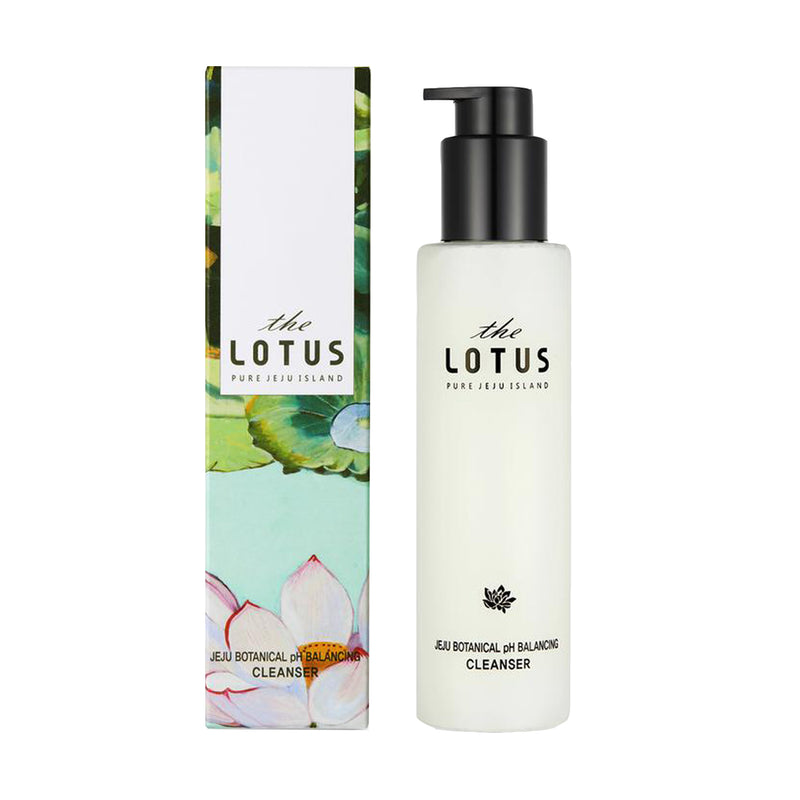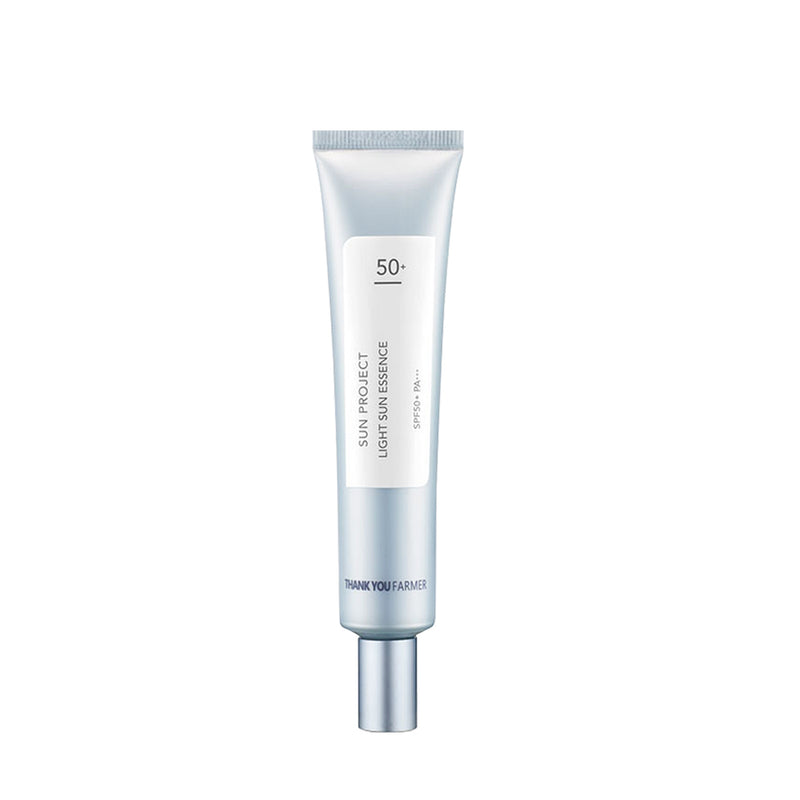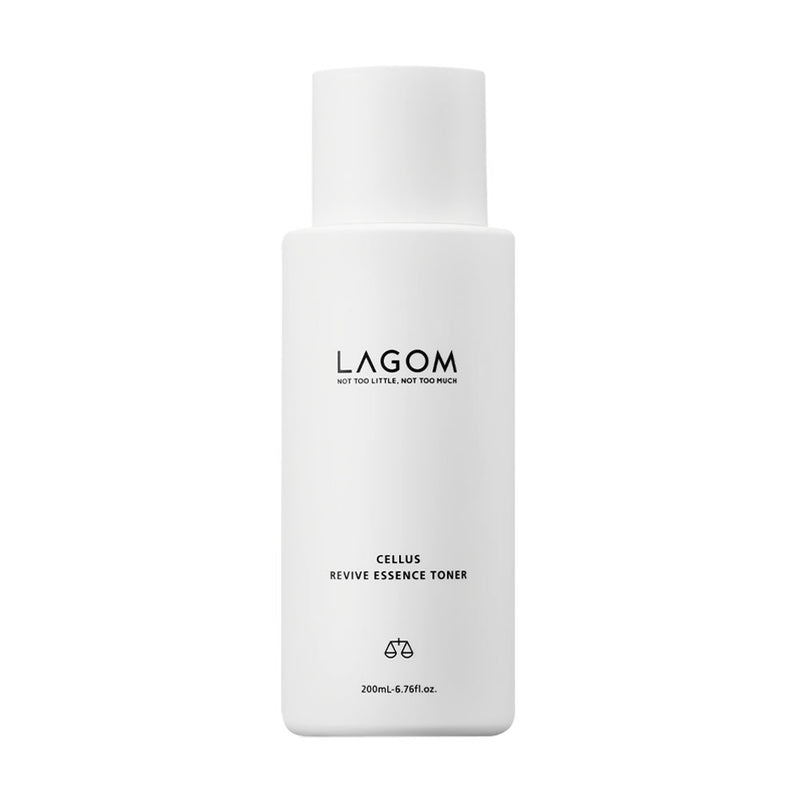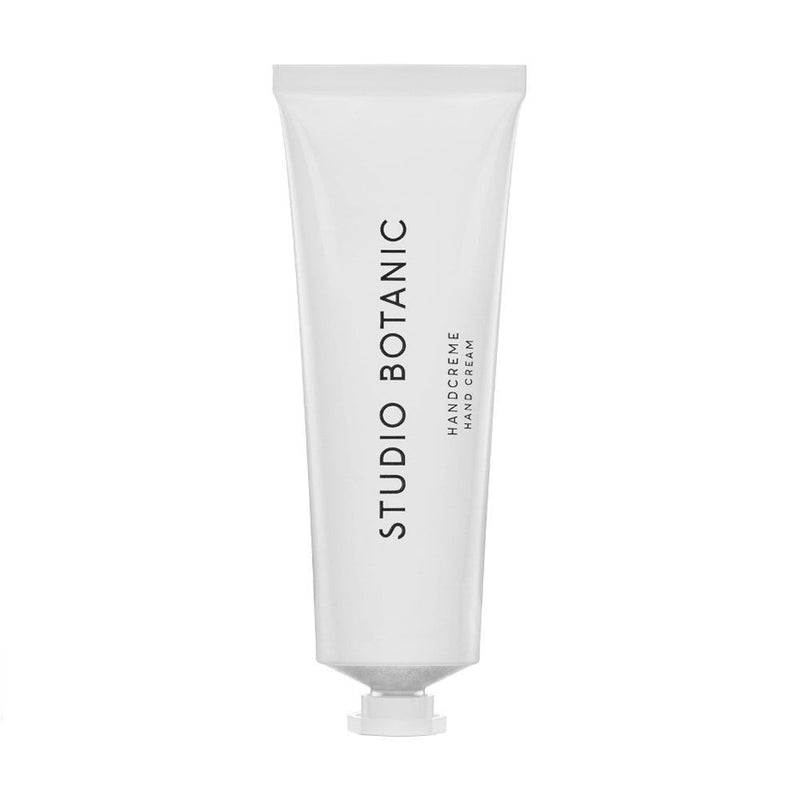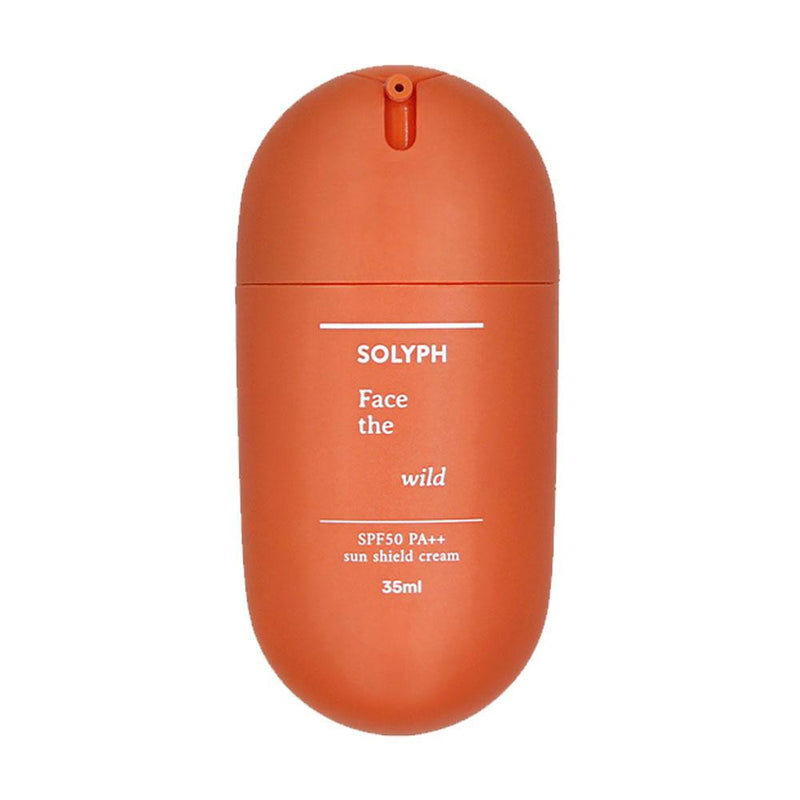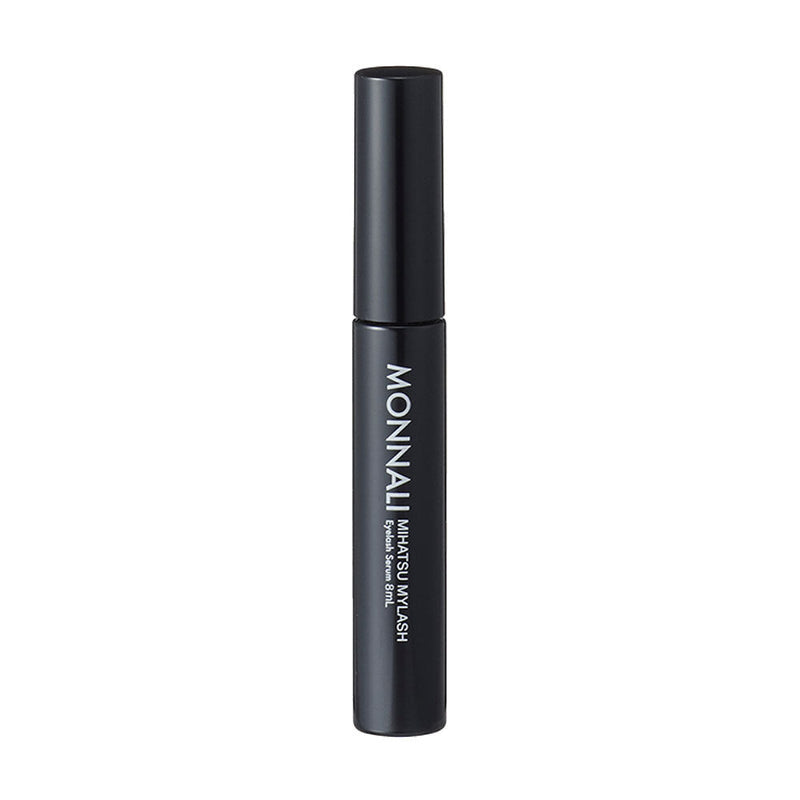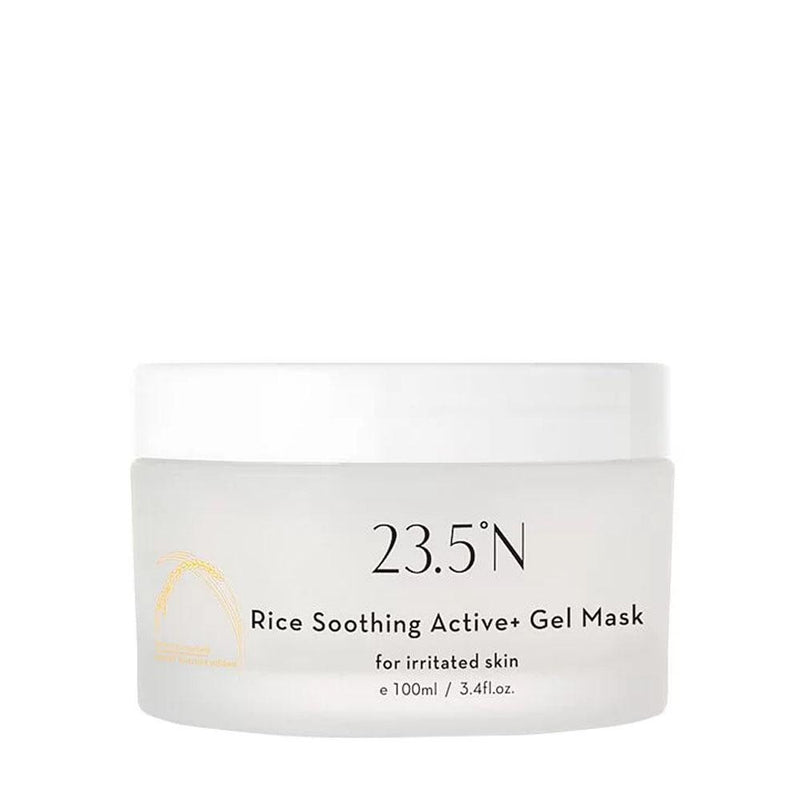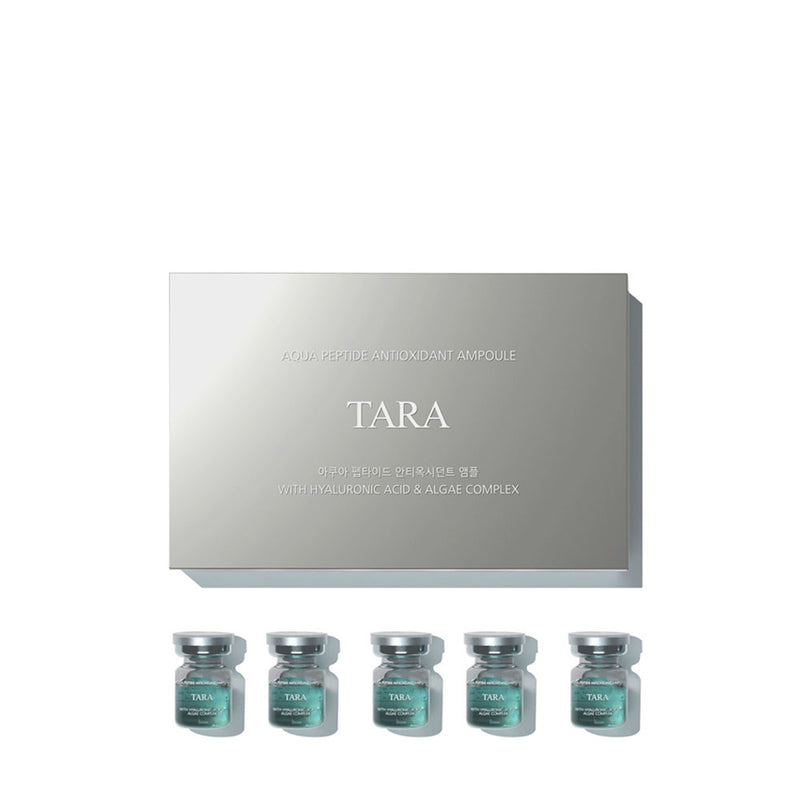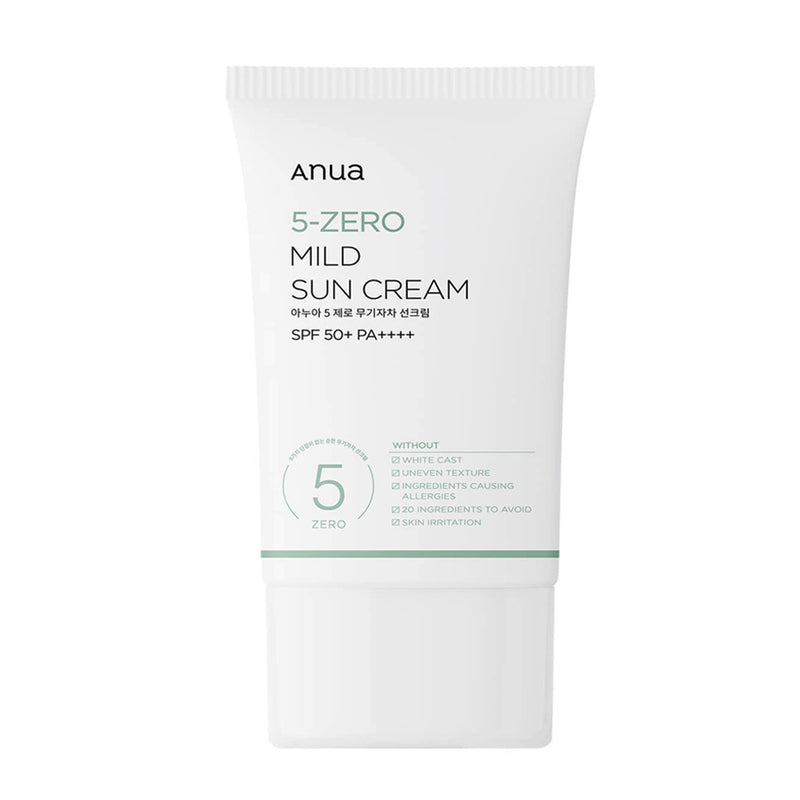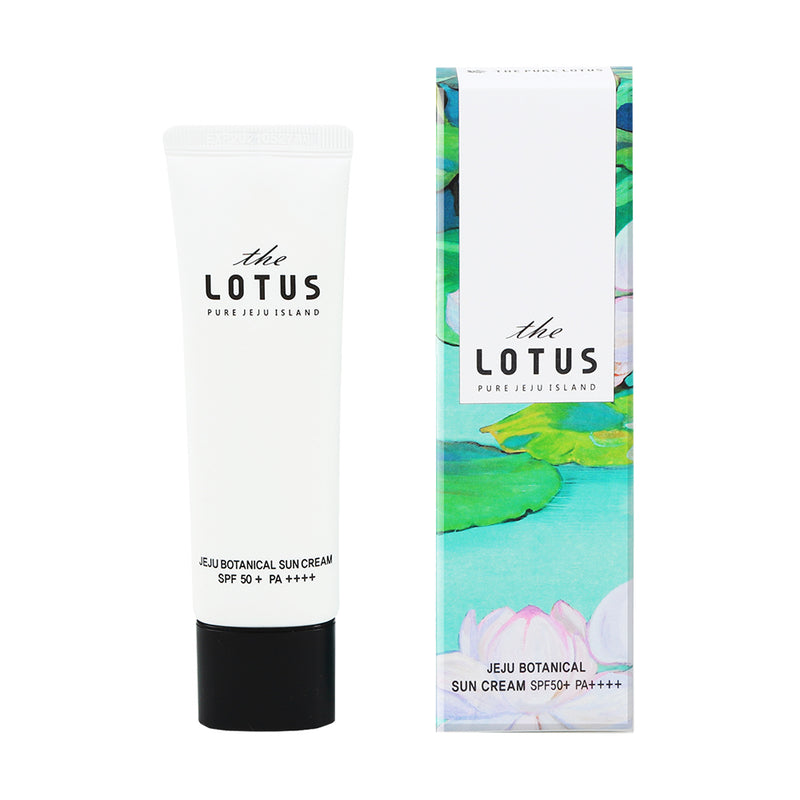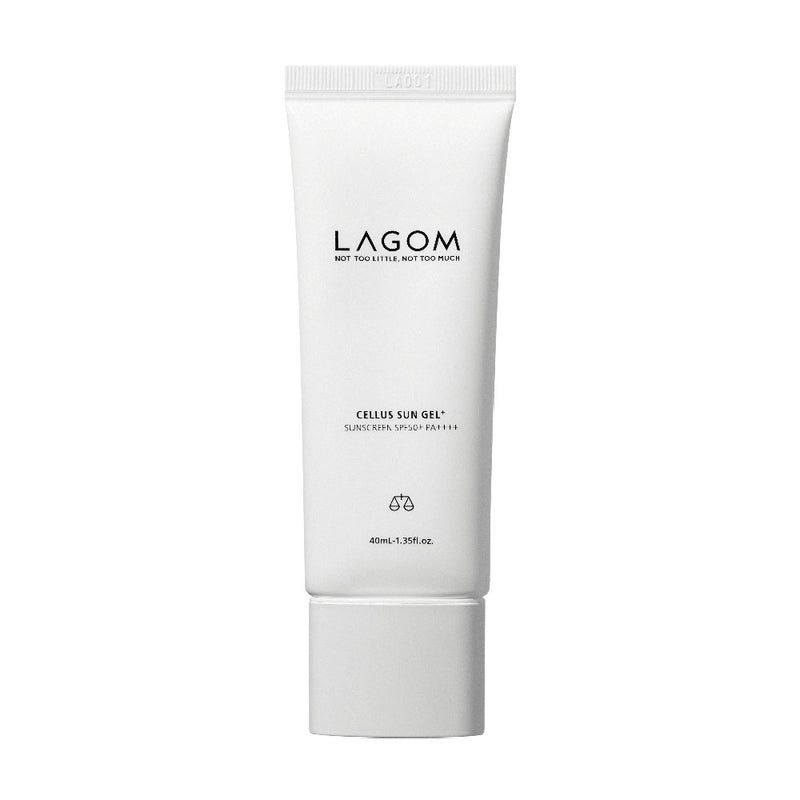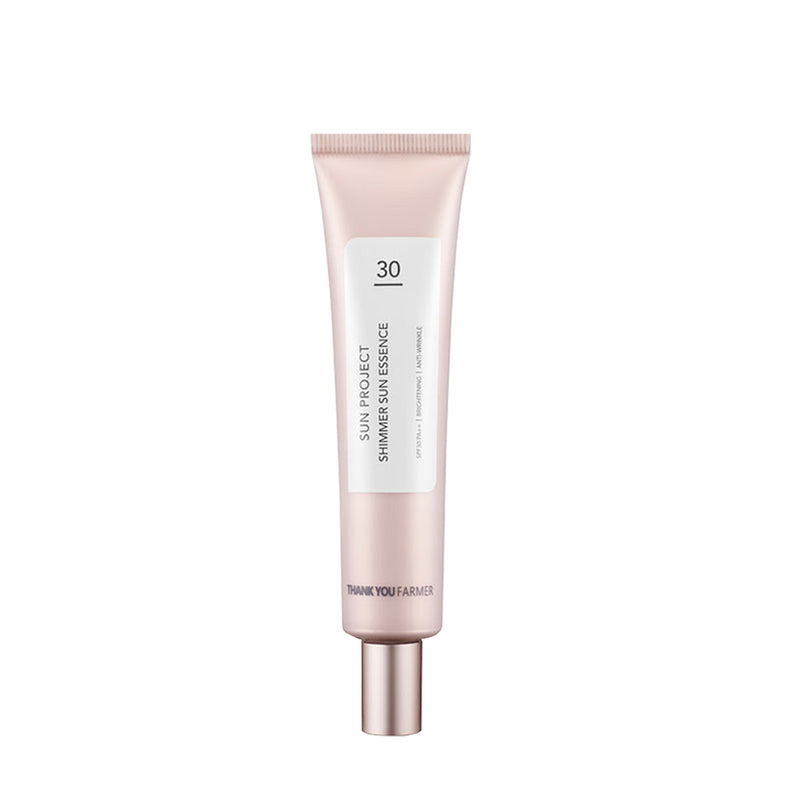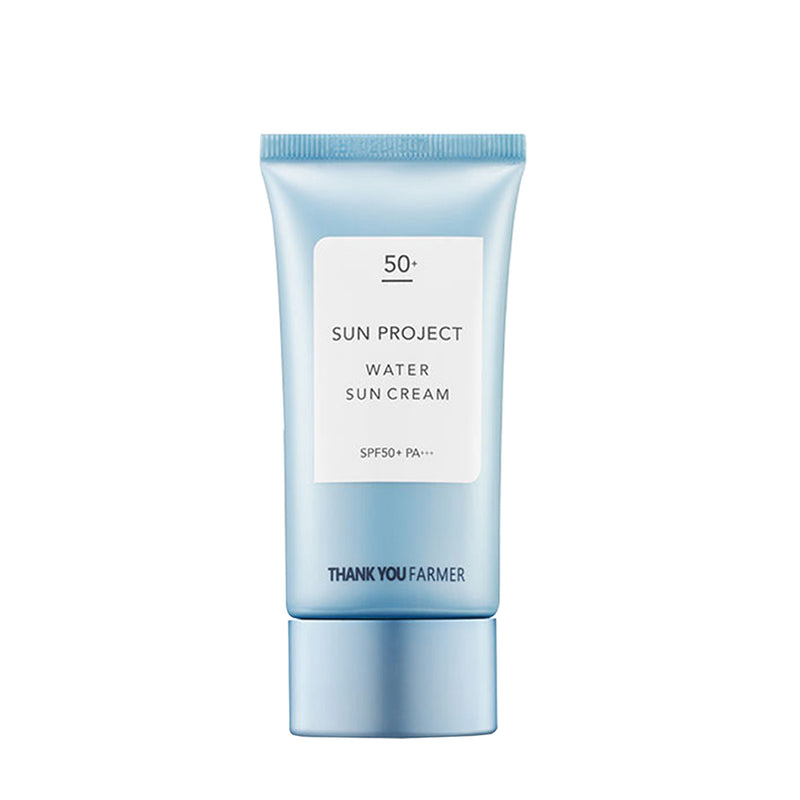These days, choosing a sunscreen goes beyond the SPF level. Physical or chemical UV filters? What does PA+ mean? How resistant to water are water-resistant formulas? Ahead, we decipher common sunscreen terms to help you make informed purchases.
The task of choosing a sunscreen is no longer just about the SPF level. How do you choose between physical or chemical UV filters? Should I use a mineral sunscreen? What is considered water-resistant? What exactly does PA+ mean? Is there a formula that wouldn’t irritate my skin? Ahead, we decipher common sunscreen terms to help you make informed purchases.
UV
UV or ultraviolet light is a type of electromagnetic radiation that comes from the sun. There are three types of solar UV energy, namely UVA, UVB and UVC. Of the three that reaches the Earth, 95% of it is UVA, and 5% is UVB. UVC doesn’t reach the Earth’s surface as it is completely filtered by the atmosphere.
UVA
UVA rays are able to penetrate into the deeper layers of the skin. It causes DNA damage to skin cells, breaks down cell structures, and contributes to premature skin ageing (think: wrinkles, sagging and hyperpigmentation). It is also responsible for the immediate tanning effect.
UVB
UVB rays cannot penetrate beyond the top skin layers. It causes delayed tanning and sunburn, and can also lead to the development of skin cancer.
SPF
SPF stands for Sun Protection Factor, and it is a measure of the amount of time after sunscreen application that you could spend in the sun without getting sunburned by UVB rays. So, if your skin normally burns after 15 minutes of sun exposure, a sunscreen labelled SPF 30 would give you 30 times longer (450 minutes/7.5 hours) than you could without sun protection.
You should also know that the effectiveness of sun protection increases ever so slightly as the SPF index gets higher. For instance, SPF 15 blocks 93% of UVB rays, SPF 30 blocks 97%, SPF 50 blocks 98% and SPF 100 blocks 99%, and no sunscreen can block out all the UV rays. The American Academy of Dermatology recommends everyone to use a broad-spectrum sunscreen that offer at least SPF 30.
No matter the SPF, it’s important to note that you need to apply enough sunscreen to get the coverage provided. When it comes to testing the effectiveness of sunscreens, the standard of the U.S. Food and Drug Administration (FDA) is to apply 2mg of sunscreen per square centimetre of the skin. And that works out to about a quarter teaspoon or 1.25ml of sunscreen you need for the whole face. This amount serves as a guide depending on the size of your face.
PA
This refers to the Protection Grade of UVA (PA) system introduced by the Japanese Cosmetic Industry Association to measure UV protection against UVA rays. The ranking system features four levels, PA+ to PA++++, and is based on the Persistent Pigment Darkening (PPD) method, which tests the amount of time protected and unprotected skin takes to tan. For instance, if your skin takes 10 minutes to tan without brand X sunscreen application, and takes 100 minutes to darken with brand X sunscreen, it means your skin will take 10 times longer to tan when you use brand X sunscreen. That would give brand X sunscreen a PPD rating of 10, and a Protection Grade rating of PA+++.
|
Protection Grade |
PPD |
|
PA+ |
2 to <4 |
|
PA++ |
4 to <8 |
|
PA+++ |
8 to <16 |
|
PA++++ |
16 and above |
If you’re going to be indoors most of the day (and away from windows), you can go for the Thank You Sun Project Shimmer Sun Essence SPF30 that comes with PA++. For longer UVA protection, choose sunscreens with PA+++ like these ones: Lagom Cellus Sun Gel SPF 50+ PA+++, and Thank You Farmer Sun Project Light Sun Essence SPF 50+ PA+++ and Water Sun Cream SPF 50 PA+++. For ultimate sun care, opt for The Pure Lotus Jeju Botanical Sun Cream SPF 50+ that offers PA++++.
Broad-spectrum
This describes a sunscreen that protects your skin from both UVA and UVB rays.
Physical Sunscreen
Physical sunscreens use mineral-based active ingredients such as titanium dioxide and zinc oxide to deflect the sun’s UV rays. Often referred to as mineral sunscreens, these formulas sit on top of the skin surface like a shield, and are sometimes called “physical blockers”, which is a misleading term as no sunscreen can block off 100% of the sun’s UV rays. Physical sunscreens also tend to come in thicker textures as compared to chemical sunscreens, and they leave a chalky cast on your skin. It is also believed that physical sunscreens are less likely to cause any skin irritation as they do not penetrate into the skin.
Chemical Sunscreen
Chemical sunscreens protect you by absorbing the sun’s UV rays using a combination of two to six chemical filters such as avobenzone, homosalate, octocrylene, octinoxate and octisalate. These work by changing UV rays into heat, then releasing that heat from the skin. Since the formula doesn’t form a physical shield on skin surface, they mostly come in lighter, more fluid textures for easier application.
The Pure Lotus Jeju Botanical Sun Cream SPF 50+ PA++++ uses a combination of homosalate and octocrylene. Lagom Cellus Sun Gel SPF50+ PA+++ contains octocrylene, octinoxate and octisalate. Thank You Farmer sunscreens such as Sun Project Shimmer Sun Essence SPF30 PA++ and Water Sun Cream SPF50 PA+++ combines the use of both chemical and physical sunscreen actives to give you the best of both worlds—weightless texture
Water-resistant
Sunscreens can be completely resistant to water. These formulas have to pass water immersion tests—getting a subject wet and drying off several times—before they can be qualified as water-resistant. Note that any rubbing or drying off with a towel will naturally remove the sunscreen. No matter how long the sunscreen claims to be water-resistant for, you should reapply it every hour for optimum sun protection.
Waterproof, Sweat-proof, Sunblock
Labels on cosmetic products including sunscreens may feature marketing mumbo-jumbo that can mislead consumers about the product features. For one, the FDA and the EU Commission do not allow manufacturers to label sunscreens as “sunblock” because sunscreens are not able to completely block out the UV rays. Other terms by the FDA that are not allowed on sunscreen labels include “sweatproof” and/or “waterproof”, as these feats are impossible.
About the writer
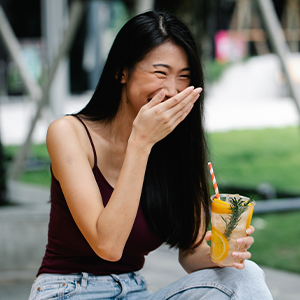
Catherine is an explorer and she loves surfing the internet for interesting and wholesome stuff. Her inquisitiveness propels her towards learning new things everyday and she strives to share her inspirations and explorations with people all over the world.
